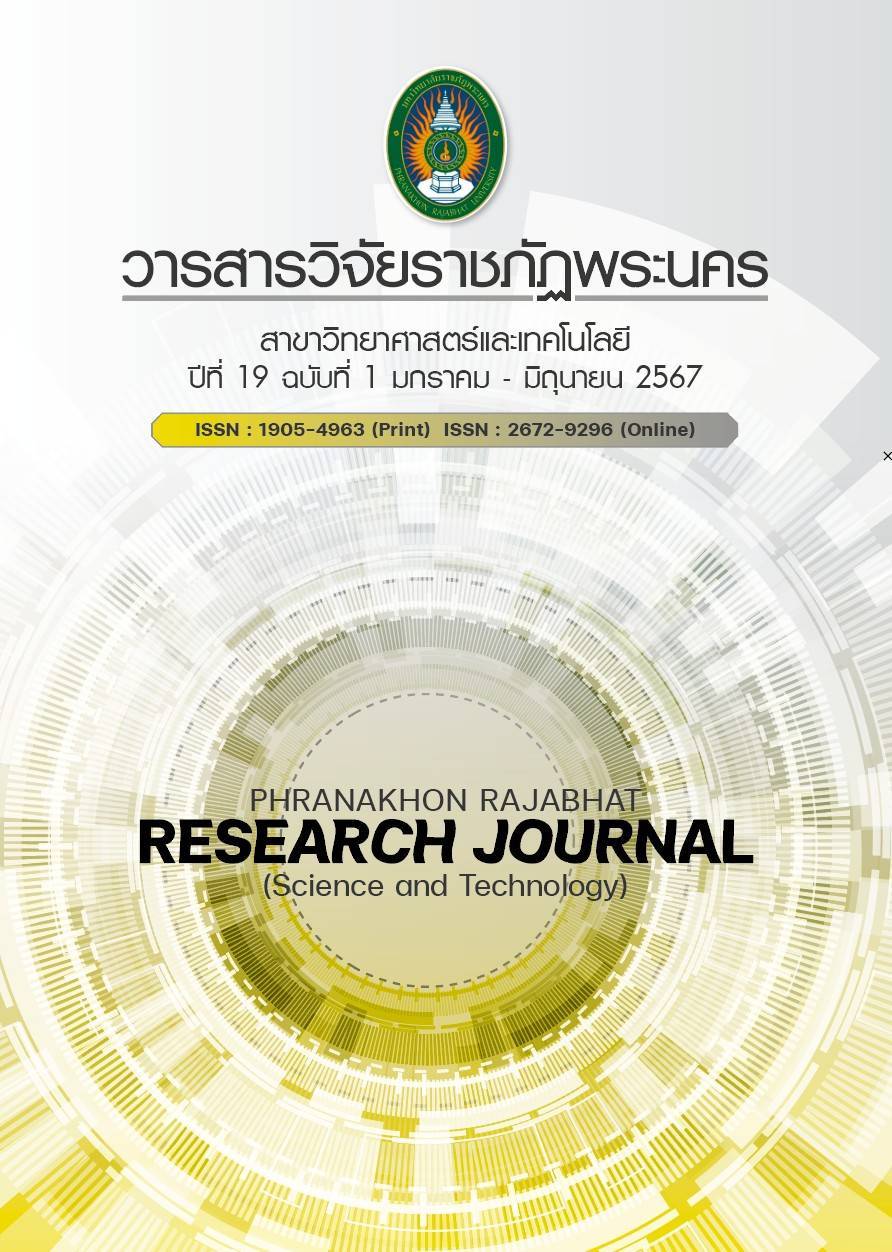IMPROVEMENT OF OYSTER SHUCKING EQUIPMENT AND WORK STATION FOR REDUCING ERGONOMIC RISK AMONG WORKERS IN ANGSILA AREA, CHONBURI PROVINCE
Keywords:
Ergonomic risks, Muscle injuries, Oyster shucking equipment, Work stationAbstract
The traditional method for shucking oysters using a pointed iron had a chance of injuring the muscles of their hands and arms, and accidents of piercing hand from a sharp iron. This quasi-experimental research study aimed to improve oyster shucking equipment and work station by using a solid work program, and to compare the ergonomic risk score using a RULA (Rapid Upper Limb Assessment) questionnaire between the traditional and new oyster shucking methods among 8 oyster shuckers in Angsila area, Chonburi province. Results showed a new oyster shucking equipment should be made of stainless steel by analyzing factors of resistance to seawater corrosion, strength, service life and price, combined with a new workstation designed for the appropriate height tables and chairs. The results of the ergonomic risk comparison found that the new oyster shucking equipment could reduce wrist and arm injury risk by 91.5 and 87.5 percent, respectively. The RULA assessment score found that ergonomic risk was reduced by more than 57 percent compared to the traditional method. The new equipment can potentially reduce the ergonomic risk score for injuries to the wrist, torso and neck. With supports from the government or local agencies, they could be further developed as a business. This will cause development in terms of production, quality, safety and reduce the risk of occupational diseases among the local occupations.
References
Canadian Center for Occupational Health and Safety. (2023). Working in a sitting position. Retrieved from https://www.ccohs.ca/oshanswers/ergonomics/sitting/sitting_workchairs.html [2023, 3 Oct.]
Chanathitikul, S., Uthakrue, T., & Kesornsuwan, P. (2020). Preliminary survey results of muscle fatigue among oyster shuckers. (Independent study report). Faculty of Engineering and Technology, Mahanakorn University of Technology, Bangkok. (In Thai)
Health Data Center, Ministry of Public Health (2017). Report on situation of health report 2017. Retrieved from https://hdcservice.moph.go.th/hdc/reports/report [2023, 18 Sep.] (In Thai)
Hsu, D. J., Chang, J. H., Wu, J. D., Chen, C. Y., & Yang, Y. H. (2011). Prevalence of musculoskeletal disorders and job exposure in Taiwan oyster shuckers. American Journal of Industrial Medicine, 54(11), 885-93.
Kempong, W., & Patchimboon, W. (2020). Ergonomics risk assessment and fatigue of woodcarver at Kudnakam village, Charoensin subdistrict, Charoensin district, Sakon Nakhon province. Chalermkarnchana Academic Journal, 7(2), 244-257. (In Thai)
Kim, O. S., Min, E. B., & Hwang, D. J. (2021). A study on the oyster shucking machine using super high pressure. Journal of the Korean Society of Fisheries Technology, 57(4), 382–389.
Kumlorm, N. (2020). Ergonomics: principle of work safety. Retrieved from https://www. ohswa.or.th/ 17599057/ergonomics-make-it-simple-series-ep2 [2023, 20 Sep.] (In Thai)
Lohapoontakoon, B. (2018). The development of ergonomic risk assessment tools for drivers: A case study of professional van driver. (Master dissertation). Prince of Songkla University Songkla Province. (In Thai)
Mali, S. C., & Vyavahare, R. T. (2015). An ergonomic evaluation of an industrial work station: a review. International Journal of Current Engineering and Technology, 5(3), 1820-1826.
McAtamney, L., & Corlett, E. N. (1993). RULA: a survey method for the investigation of work-related upper limb disorders. Applied Ergonomics, 24(2), 91-99.
Monkolkaensai, J. (2019). Factor related musculoskeletal disorder among office workers, Walailuk University. Retrieved from https://thaidj.org/index.php/JHS/article/download/5907/
/8259 [2023,18 Sep.] (In Thai)
Muanglue, R. (2018). Heritage of wisdom from woven fabrics of her majesty queen Srivarindira, the
queen grandmother of Thailand and local resource to sustainable creative community base of tourism in Eastern Economic Corridor of Banpuek community, Chonburi Province. Journal of Social Science and Buddhist Anthropology, 6(11), 143-162. (In Thai)
National Institute for Occupational Safety and Health. (2023). Hierarchy of Controls. Retrieved from https://www.cdc.gov/niosh/topics/hierarchy/default.html [2023,3 Oct.]
Park, J. S., Yoo, J. I., Na, J. B., & Song, H. S. (2021). The prevalence and risk factors of musculoskeletal disorders in the hands of fishermen working as oyster shuckers. International Journal of Occupational Medicine and Environmental Health, 34(5), 603-615.
Promsri, A. (2015). Posture and work-related injury in Ban Ngiew’s stone mortar workers, Phayao province. Srinagarind Medical Journal, 30(5), 247-273. (In Thai)
Saengsoda, W., Wongkiat, S., & Rattanaarporn, V. (2017). Workstation improvement for muscular fatigue and injury reduction among assembly operators in a closed circuit camera industry. Proceedings of the 14th Kasetsart University Conference, Kamphaeng Saen Campus, Nakornpathom Province. (In Thai)
Triantaphyllou, E., & Mann, S.H. (1995). Using the analytic hierarchy process for decision making in engineering applications: some challenges. International Journal of Industrial Engineering: Applications and Practice, 2(1), 35-44.
Walters, D., & Wadsworth, E. (2019). Participation in safety and health in European workplaces: framing capture of representation. European Journal of Industrial Relations, 26(1), 75-90.
Downloads
Published
Issue
Section
License

This work is licensed under a Creative Commons Attribution-NonCommercial-NoDerivatives 4.0 International License.
โปรดกรอกเอกสารและลงนาม "หนังสือรับรองให้ตีพิมพ์บทความในวารสารวิจัยมหาวิทยาลัยราชภัฏพระนคร สาขาวิทยาศาสตร์และเทคโนโลยี" ก่อนการตีพิมพ์




